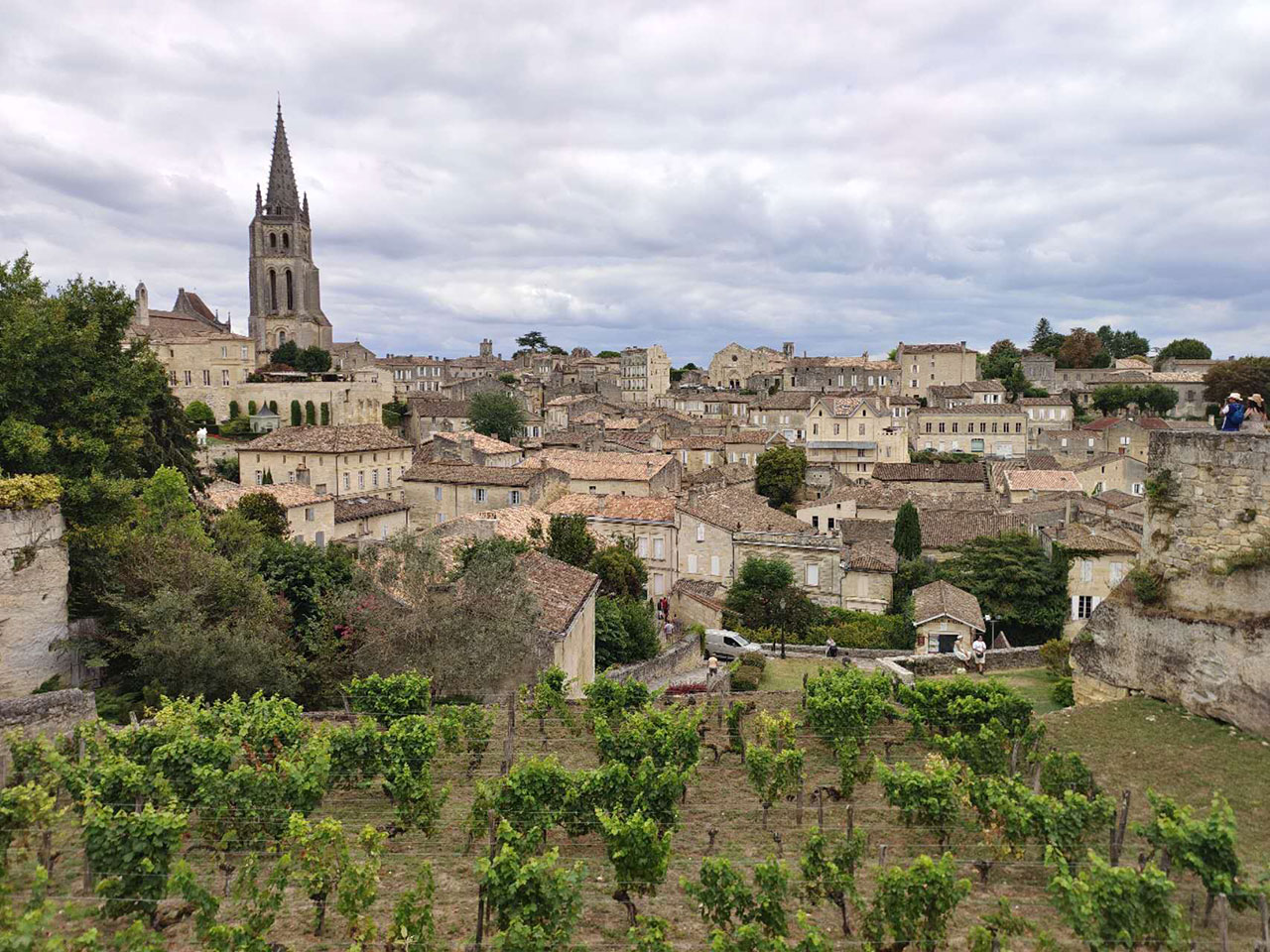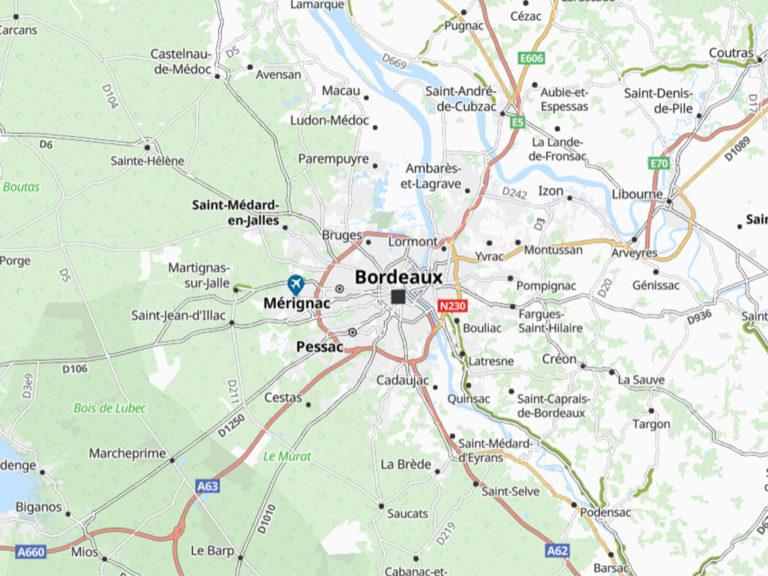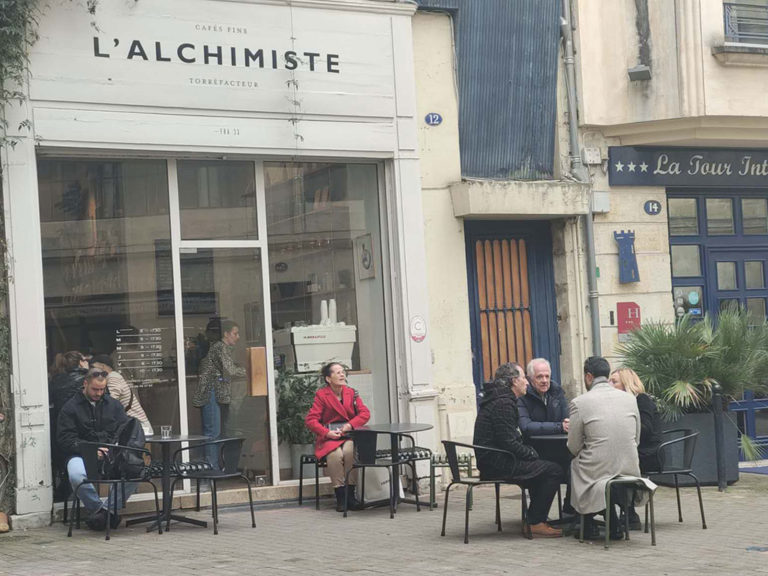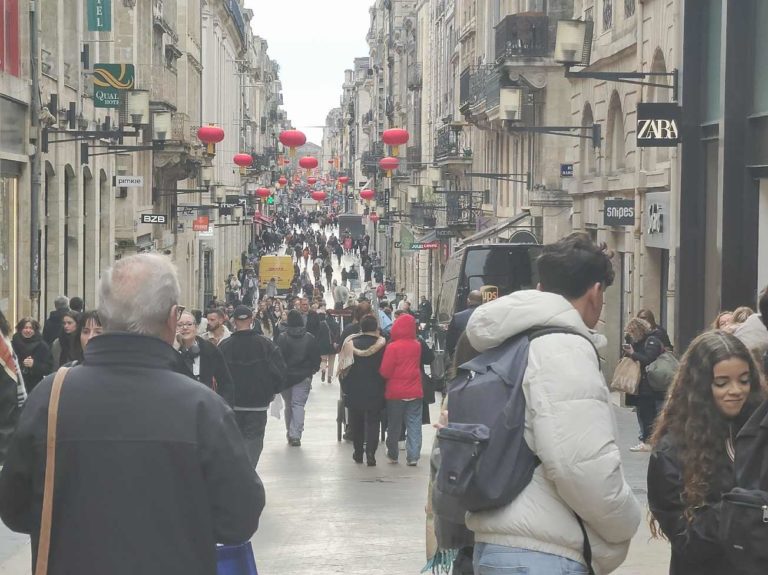The stunning village of Saint-Emilion
Saint-Emilion is one of the most beautiful village in France, enscribed in the UNESCO world heritage. It would be a pity, if not a shame, if you didn’t visit it during you stay in Bordeaux.
Saint-Emilion is about 45 kilometers northeast of Bordeaux. With its cobblestone streets, ancient stone buildings, and sprawling vineyards, the village feels like a place where time has politely paused in time.
Let’s take a stroll through this enchanting village and uncover what makes it so special.
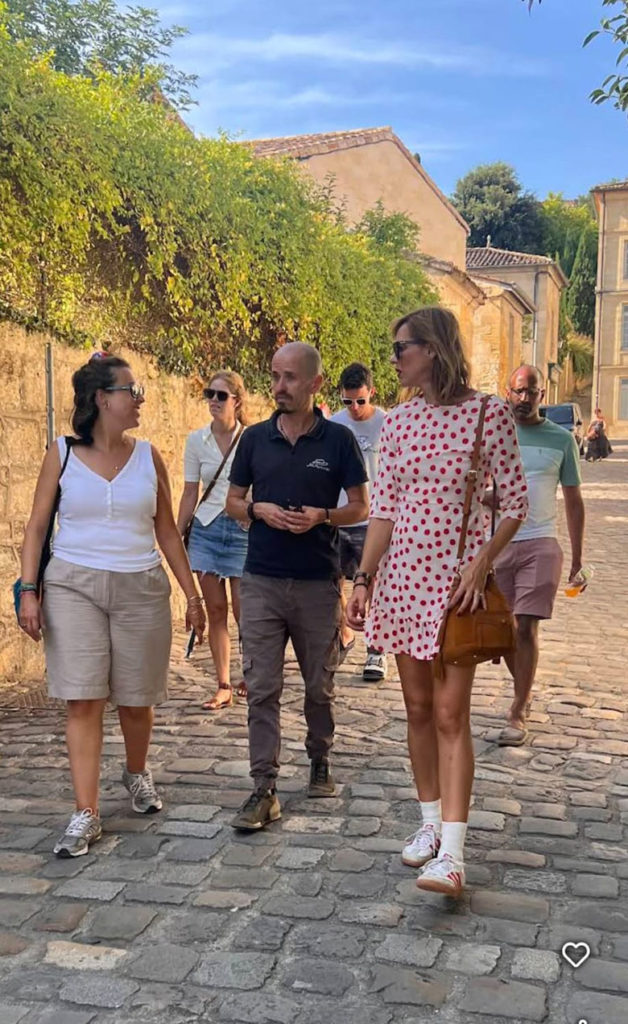
A village steeped in history
Saint-Émilion’s story begins long before its famous wines took center stage.
The village owes its name to a humble monk named Milian, born in my birth province Brittany, who, according to legend, settled here in the 8th century.
Fleeing a life of privilege, the man who later became Émilion sought solitude and carved a hermitage out of the limestone cliffs that define the region.
Word of his miracles spread, and soon a small community grew around him. Monastries were built. And most of all, thousands of pilgrims on their way to Santiago de Compostela came to pay respect to the monk and the stunning monolothic Church of Saint-Emilion, a breathtaking structure carved entirely from that same limestone that you can still visit nowadays..
Fast forward a few centuries, and Saint-Émilion became a bustling medieval hub. Its strategic location and fertile lands made it a prize worth protecting, as evidenced by the remnants of its fortified walls and towers.
Walking through the village feels like stepping into a history book, with every corner revealing a new chapter: Romanesque arches, weathered stone facades, and hidden underground passages that whisper tales of the past.
Saint-Emilion wines
Of course, no visit to Saint-Émilion is complete without talking about its true claim to fame: wine.
The region’s viticultural roots stretch back to Roman times, but it was the Middle Ages that saw Saint-Émilion’s reputation as a winemaking powerhouse take hold.
The combination of limestone-rich soil, a temperate climate, and centuries of know-how has turned this small patch of earth into one of the world’s most celebrated wine regions.
Saint-Émilion is particularly famous for its red wines, crafted primarily from Merlot and Cabernet Franc grapes.
The village is home to 800 châteaux (wineries), most of them still being family-run. Many offer tastings and tours.
Exploring the Village
Beyond the vineyards, Saint-Émilion itself is a delight to explore.
The village is compact, but steep!
Start at the Place du Clocher, where the bell tower of the Monolithic Church rises 68 meters above the rooftops.

If you’re feeling energetic, climb the 196 steps for a panoramic view of the village and its sea of green vines stretching into the distance. It’s a workout, but the reward is worth every huff and puff.
From there, meander down the steep, narrow streets (known locally as tertres) lined with artisan shops and cozy cafés.
Pick up a box of macarons, a local specialty with a crisp exterior and a melt-in-your-mouth center, or browse for handmade pottery to bring a piece of Saint-Émilion home.
Don’t miss the underground wonders, either. Beneath the streets lie a network of catacombs, wine cellars, and the hermitage where Émilion once lived.
Why Saint-Émilion is worth visiting
What makes Saint-Émilion so unforgettable isn’t just its beauty or its wine (though both are exceptional).
It’s the way it weaves together history, nature, and human ingenuity into something that feels both timeless and alive.
You can stand in the shadow of a 12th-century tower, sip a glass of wine from vines planted decades ago, and still feel connected to the present moment. It’s a place that invites you to slow down, savor, and appreciate the good things in life.
Getting to Saint-Émilion is easy enough: it’s a short train ride or drive from Bordeaux, less than one hour!
Great! Here’s a blog post section (around 700+ words) titled:
🛤️ How to Get from Bordeaux to Saint-Émilion: All the Best Options
Before you can sip a Grand Cru in a sun-drenched courtyard, you’ll need to get there! Luckily, there are several convenient and scenic ways to travel from Bordeaux to Saint-Émilion, whether you’re relying on public transport, joining a wine tour, or setting off on your own by car or bike.
Here’s a breakdown of the best ways to travel from Bordeaux to Saint-Émilion, depending on your budget, travel style, and schedule.
🚆 Option 1: By Train – Quick, Easy, and Budget-Friendly
If you want the most straightforward and affordable option, the train is your best friend.
- Departure station: Bordeaux Saint-Jean (Gare Saint-Jean).
- Arrival station: Gare de Saint-Émilion.
- Journey time: Between 35 and 50 minutes.
- Ticket price: Around €10–15 for a one-way ticket (cheaper with a discount card or if booked in advance).
- Train frequency: Roughly 8–12 trains per day, with reduced service on Sundays and public holidays.
Once you arrive at the Saint-Émilion train station, the town center is about 1.5 km away, which takes 15–20 minutes on foot. The walk is uphill but scenic, passing through vineyards. If you’re not in the mood to walk, local tuk-tuks and taxis are often available at the station during peak seasons.
Tip: Check the latest SNCF train schedules via their official website or app before your trip. Trains can be less frequent on weekends.
🚗 Option 2: By Car – Flexible and Perfect for Exploring the Vineyards
Renting a car gives you total freedom to explore not just Saint-Émilion, but also the surrounding wine estates and countryside.
- Travel time: Around 45 minutes to 1 hour, depending on traffic.
- Distance: Approximately 40 km (25 miles).
- Recommended route: Take the A89 motorway (exit at Libourne) or the D936 scenic road through Libourne.
- Car rental: Available from Bordeaux Saint-Jean train station, Bordeaux Airport, and in the city center.
Saint-Émilion has several free and paid parking lots located just outside the pedestrianized village center. During the high season, parking can fill up quickly, so it’s best to arrive early or reserve parking if available.
Bonus: With a car, you can visit lesser-known châteaux for wine tastings that aren’t accessible by public transport.
🚌 Option 3: Join an Organized Wine Tour – Zero Planning, Maximum Enjoyment
If you’re short on time or want to enjoy wine tastings without worrying about transportation, a guided tour is the perfect solution.
- Departure point: Typically in central Bordeaux (often Place des Quinconces or the Tourism Office).
- Inclusions: Round-trip transportation, vineyard and château visits, wine tastings, sometimes lunch or snacks.
- Duration: Half-day or full-day tours available.
- Cost: Ranges from €60 to €120 per person, depending on the experience.
There are plenty of reputable companies offering wine tours to Saint-Émilion, many in English, and they often include skip-the-line access to popular attractions or exclusive tastings at prestigious estates.
Best for: Wine lovers, first-time visitors, and anyone wanting a relaxing, well-organized day.
🚴 Option 4: By Bike – For the Adventurous and Fit
If you’re an avid cyclist and looking for a unique, active experience, consider biking from Bordeaux to Saint-Émilion.
- Distance: Around 45 km one-way.
- Duration: 2.5 to 4 hours, depending on your pace and stops.
- Route: You can take quiet country roads through Libourne and Pomerol, or follow sections of the Roger Lapébie cycle path.
- Bike rental: Available in Bordeaux (look for shops that offer e-bikes for an easier ride).
You’ll pass through beautiful vineyards, sunflower fields, and charming villages. For a more relaxed trip, consider cycling one way and taking the train back to Bordeaux with your bike (TER trains allow bikes onboard for free).
Note: The terrain can be hilly in parts, so an e-bike is recommended unless you’re a confident cyclist.
🧭 Final Tips
- Best time to go: Spring (May–June) and early fall (September–October) offer great weather, fewer crowds, and harvest season energy.
- Plan ahead: During summer and wine festivals, trains and tours can book up fast. Reserve tickets and tastings early.
- Don’t forget: Bring water, comfortable shoes, and a wine bottle protector if you’re planning to bring some bottles back!

